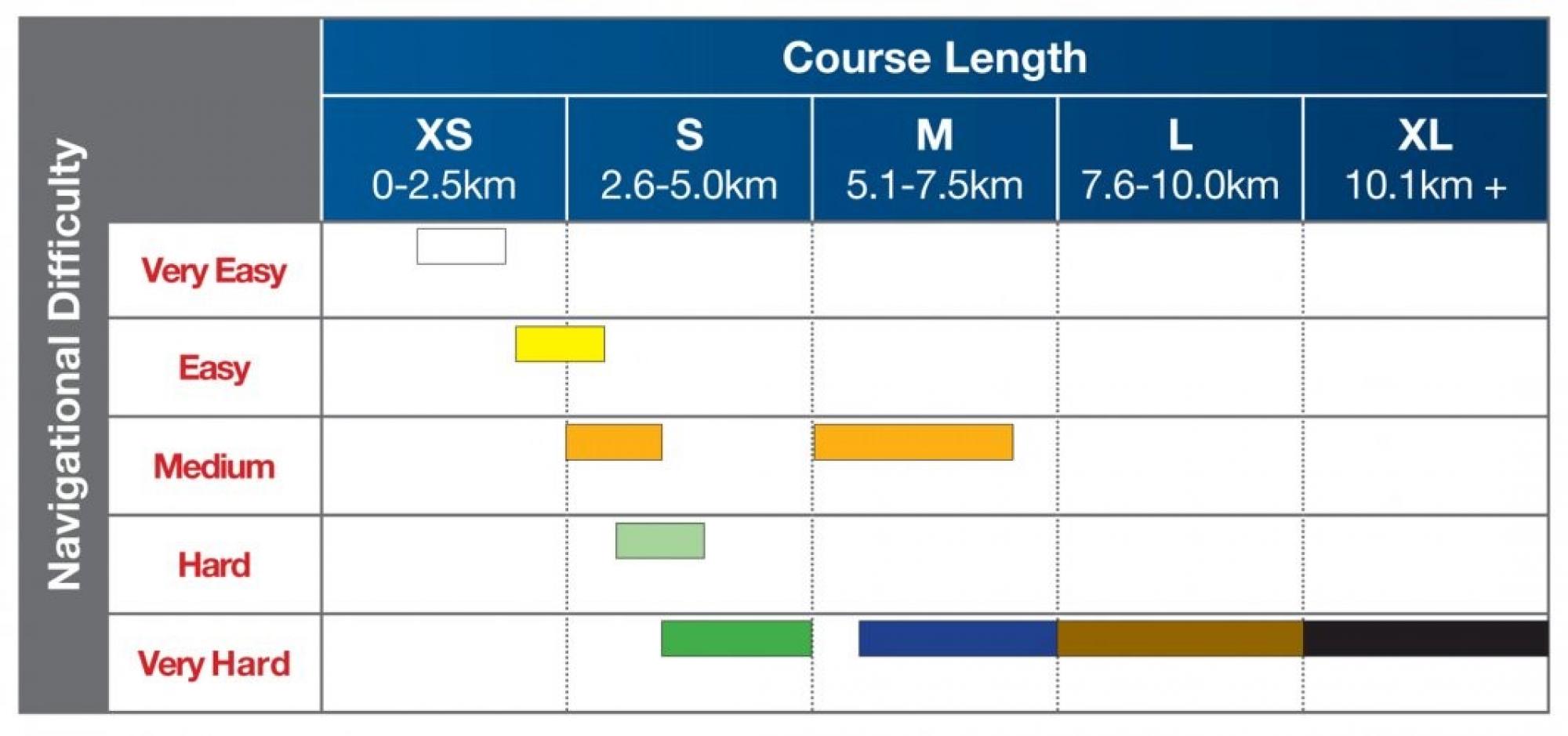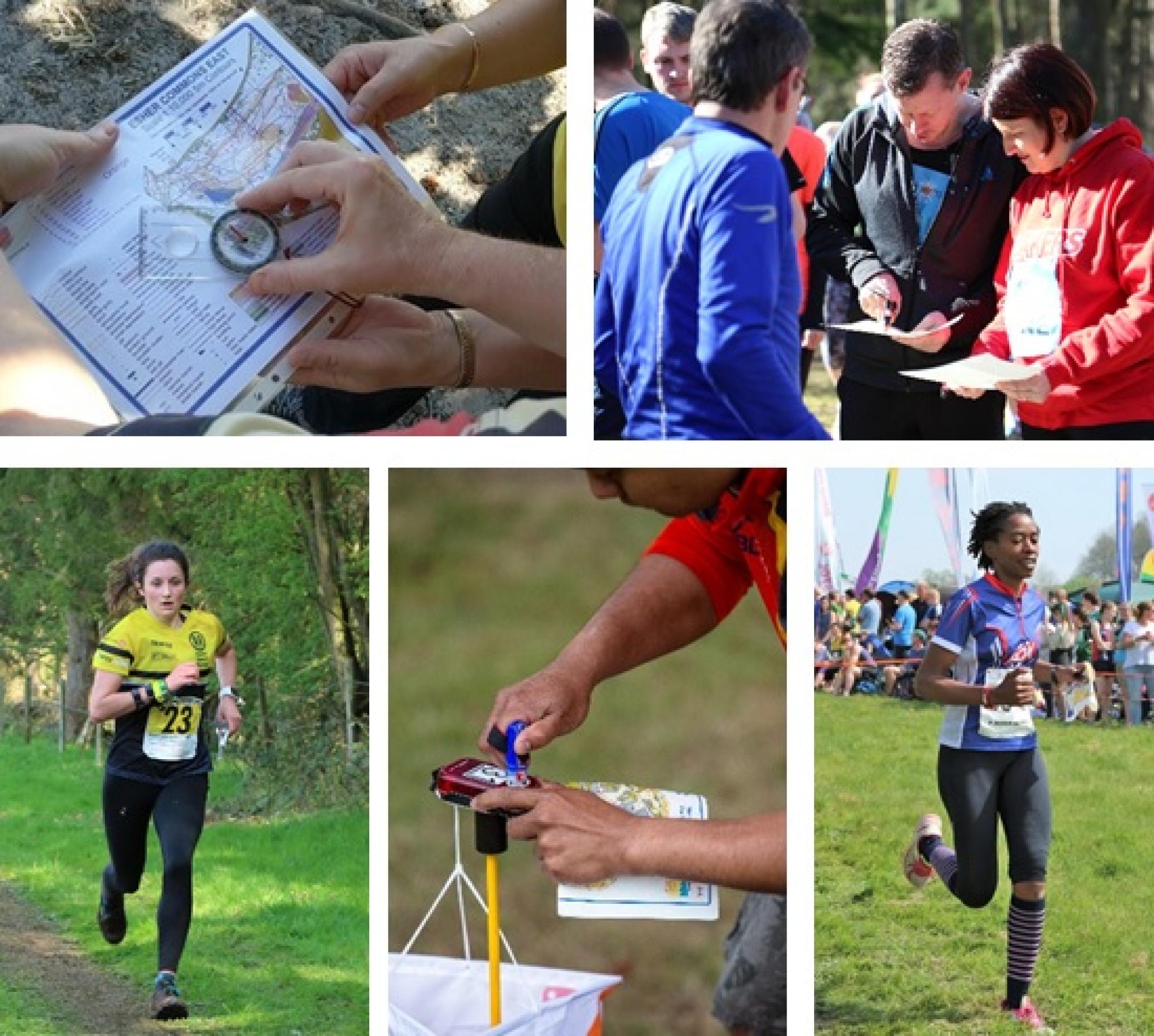Go Orienteering
What is Orienteering?
Orienteering is an exciting outdoor adventure sport suitable for all ages and fitness levels.
Orienteering is an exciting outdoor adventure sport that exercises mind and body.
The aim is to navigate between checkpoints or controls marked on a special orienteering map. There is no set route so the skill and fun come from trying to find the best way to go.
In competitive orienteering, the challenge is to complete the course in the quickest time.
Where can I go orienteering?
Orienteering can take place anywhere from the streets of Central London to the wilds of the Scottish Highlands and everywhere in between including forests, parks, moorland, town centres, school playgrounds, and university campuses.
Check out this video of BBC Breakfast’s Mike Bushell taking part in orienteering in this film.
Getting Started
A great way to get started in orienteering is to contact your local club, to find out what is happening near you and have a go. As well as information on events both local and further afield, clubs have advice for beginners and juniors, and in many cases, will run training sessions and other activities to encourage newcomers of all ages and abilities. UK orienteering clubs are listed here. Clubs will be happy to answer any questions and will help you get started.
Permanent Orienteering Courses are also a great way to go orienteering at a time and place that suits you. Permanent Orienteering courses are listed here.
A new video has just been released by the Orienteering Foundation, explaining how to get started on a Permanent Orienteering Course.
The video sets out how to understand the map and how to orientate it to match the environment around you. It gives examples of the checkpoints you could be looking for and shows you how to download a map.
Find out more about Permanent and Virtual Orienteering Courses here.
If you are interested in Trail Orienteering, a form of orienteering competition where people of all levels of physical ability, including wheelchair users, can compete on equal terms, please click here.
What do I need?
Orienteering kit comprises a lightweight top and usually Lycra leggings. As a newcomer, just be dressed ready for an outdoor activity prepared to run or walk as you choose. It is good to have shoes with some grip though trainers are fine at first. If your first event is in woodland or forest, full leg cover is compulsory. Shorts are allowed in most urban events. At the event, you will be able to hire or borrow the timing device to record your race and a compass.
Choosing a Course
Courses are graded by a colour indicating the increase in technical and physical difficulty. ‘White’, ‘Yellow’ and ‘Orange’ courses are designed for complete beginners. These courses are usually short (up to 2.5K in length) with checkpoints (orange and white flags) on paths or visible from the path. Green, blue, brown, and black courses get harder and longer and are only recommended if you have some experience. Some events use the equally beginner-friendly ‘score’ format, where you choose which checkpoints or controls to visit in the time limit.

Orienteering Maps
Orienteering maps are special. They are produced at a larger scale than most Ordnance Survey maps and include very detailed information about the terrain using many different symbols. You certainly don't need to know these when you start but it is useful to know the symbols for tracks and paths, walls and fences, and water features (blue) such as streams and ditches.
The key thing for a beginner is to take note of the colours. Open land is yellow and forest that is easy to run through is shown as white. Forest that is a bit thicker is shown as light green. After that, the thicker the forest the darker the green. Most orienteering maps will also provide a detailed legend to help you understand the map.
Find out more: Orienteering Maps
Going on a Course
Unlike a road race, there is no mass start. All competitors have their own start time and you can go individually or in a very small group. The course will be printed in red with a triangle indicating the start, and numbered circles showing the checkpoints (also called controls) with a double circle at the finish. You must visit the checkpoints in numerical order. At the ‘start’ you will need to ‘punch’ the control, which involves placing your timing device into a unit which starts the timer. At the finish, you are required to ‘download’ the information which is on the timing device. This shows whether you have completed the course in the correct order. You must download whether you have completed the course or not.
Also, on the map is a list of 'control descriptions'. This tells you what is at the control site, for example, path end or fence corner. Each checkpoint unit will also have a number and you need to check this when you get to the control.

Learn More
Manchester & District Orienteering Club (MDOC) / Greater Manchester Orienteering Association (GMOA) have launched 'Get Out & Go', a series of four new films targeted at novices and newcomers, thanks to a grant from Sport England.
Filmed in urban parks during Summer 2020, the short videos show beginners all the basics of orienteering, from the special way maps and courses are drawn, though a range of useful skills and techniques, to simple route choice, planning ahead and reading the map on the run
Find Out More
Orienteering Maps
Route Choice
Top Tips for Beginners
Frequently Asked Questions





